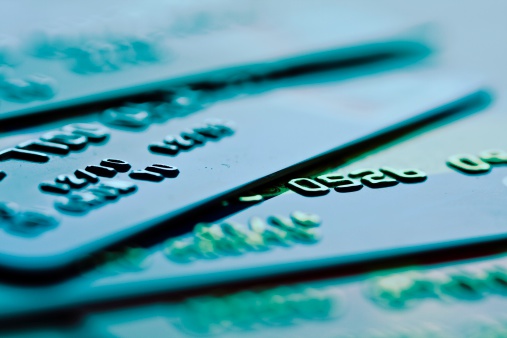Debt, as measured by share of debt in collection, is less of a problem in states with low unemployment, in many cases. According to the Urban Institute, the national average of households with a share of their debt in collection is 35.1%.
States in which people have a high percentage of debt in collection tend to be those where the recession damaged people’s financial situation the most, according to a new report from the Urban Institute:
Nevada, which was hard hit by the housing crisis, tops the list of past-due states: 47 percent of people with a credit file have reported debt in collections. The District of Columbia and an additional 12 states (11 in the South) are over the 40 percent mark: Alabama, Arkansas, Florida, Georgia, Kentucky, Louisiana, Mississippi, New Mexico, North Carolina, South Carolina, Texas, and West Virginia.
However, in some states, the figure is about half of Nevada’s. The 10 lowest include: North Dakota (19.3%), Hawaii (22.7%), Nebraska (23.9%), Minnesota (19.8%), Montana (26.2%), Connecticut (26.2%), South Dakota (20.8%), Iowa (26.3%), Massachusetts (23%) and Vermont (23.7%). A review of unemployment by state in June shows that North Dakota, Nebraska, Vermont, South Dakota, Montana, Minnesota and Iowa all have unemployment rates at or below 4.5%.
ALSO READ: 10 States With the Most Student Debt
One correlation that might be expected is a relationship between high household income and low debt problems. But the relationship is tenuous. The Urban Institute sets U.S. average household income at $72,254. Average household income in South Dakota is $63,724, in Nebraska $67,008 and in Iowa $65,466. On the other hand, the average household income in other states with low debt problems is high. Connecticut’s is $96,180 and in Massachusetts $90,576. The cost of living in these states may make the playing field more level, but that is a relationship that is not certain.
What is clear, according to the study’s conclusion:
When families are unable to meet their payment obligations on either type of consumer debt, they risk moving from a healthy asset-accumulation cycle to a vicious debt cycle. Their credit history and scores can be adversely affected, their debt may go into collections, and they may ultimately lose property and future financial opportunities.
Which makes the debt problem at least some threat to the economic recovery.
ALSO READ: The 10 Most Oil-Rich States
Methodology: The Urban Institute used 2013 credit bureau data from TransUnion to measure how many Americans are reported as at least 30 days late on a non-mortgage bill payment — often called having debt past due. They also examined how many Americans have debt reported as in collections and the amount of that debt.
Are You Still Paying With a Debit Card?
The average American spends $17,274 on debit cards a year, and it’s a HUGE mistake. First, debit cards don’t have the same fraud protections as credit cards. Once your money is gone, it’s gone. But more importantly you can actually get something back from this spending every time you swipe.
Issuers are handing out wild bonuses right now. With some you can earn up to 5% back on every purchase. That’s like getting a 5% discount on everything you buy!
Our top pick is kind of hard to imagine. Not only does it pay up to 5% back, it also includes a $200 cash back reward in the first six months, a 0% intro APR, and…. $0 annual fee. It’s quite literally free money for any one that uses a card regularly. Click here to learn more!
Flywheel Publishing has partnered with CardRatings to provide coverage of credit card products. Flywheel Publishing and CardRatings may receive a commission from card issuers.
Thank you for reading! Have some feedback for us?
Contact the 24/7 Wall St. editorial team.




